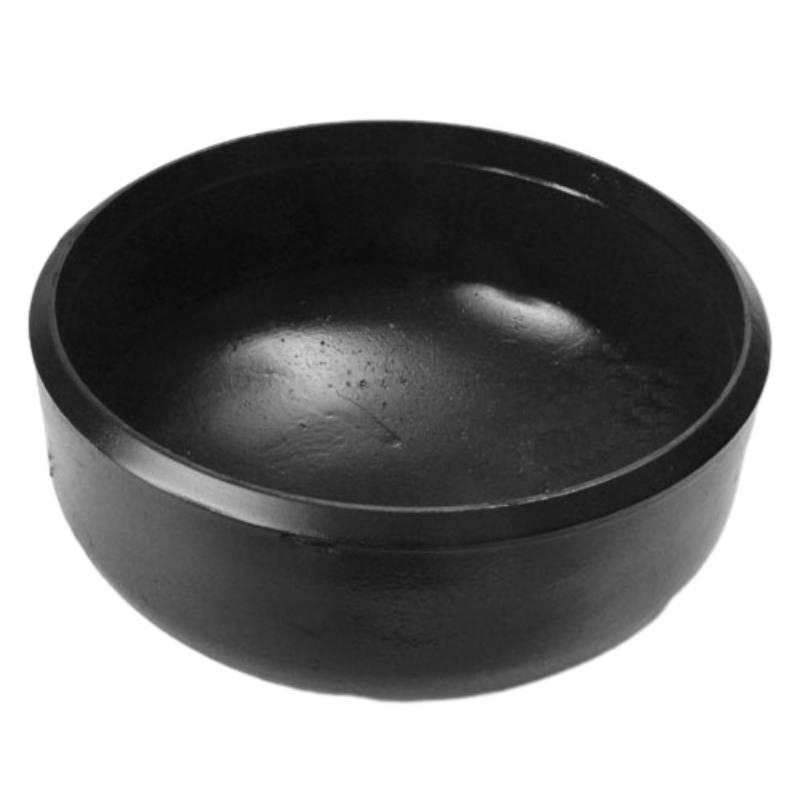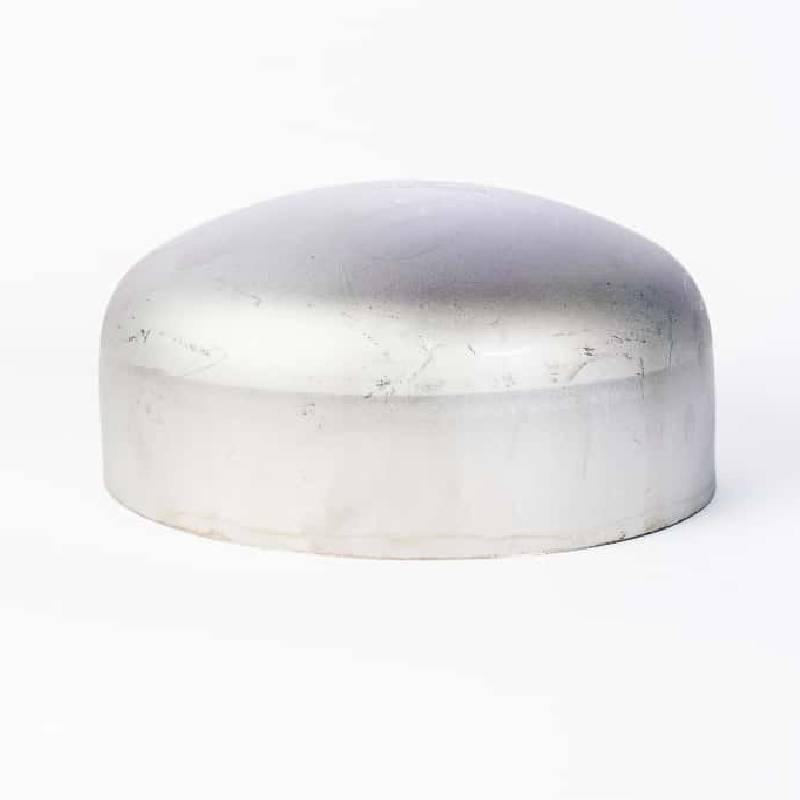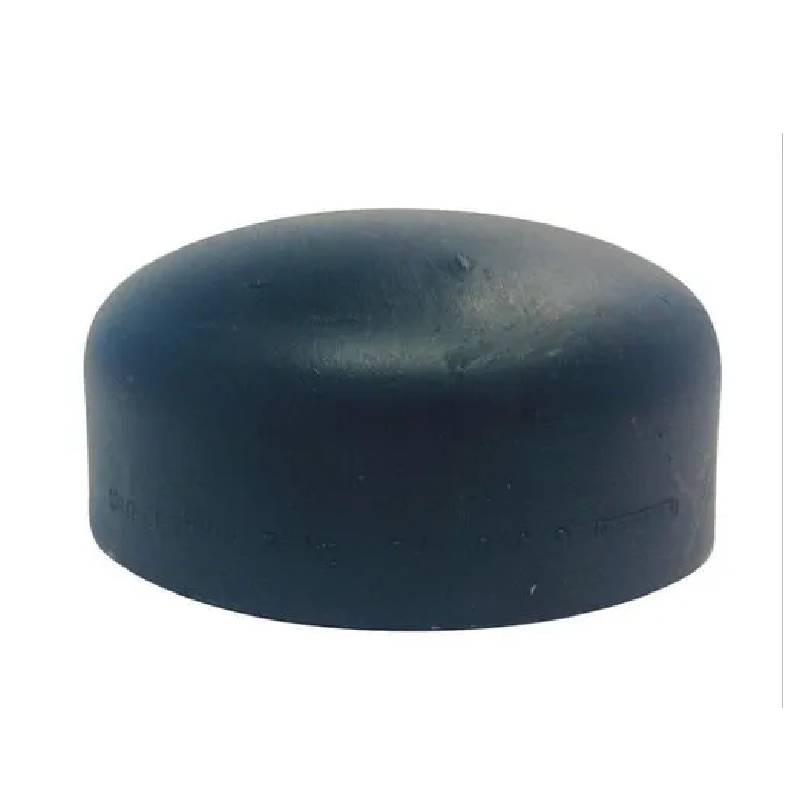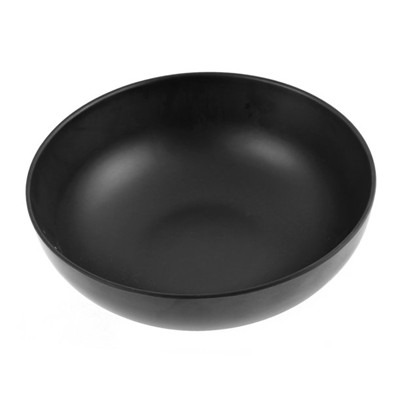-
Standaardvoldoening:
ANSI/ASME B16.9-stuiksweisdoppies voldoen aan die spesifikasies soos uiteengesit deur die American National Standards Institute (ANSI) en die American Society of Mechanical Engineers (ASME). Hierdie standaardisering verseker eenvormigheid, verenigbaarheid en betroubaarheid in ontwerp en werkverrigting, wat naatlose integrasie in pypstelsels vergemaklik.
-
Stompsweisverbinding:
Stiksweisdoppies word geïnstalleer deur dit direk aan die einde van 'n pyp te sweis, wat 'n permanente en robuuste verbinding skep. Die stompsweistegniek behels die verhitting van die punte van die pyp en dop tot die smeltpunt, en druk dit dan saam om 'n metallurgiese binding te vorm. Hierdie sweismetode bied 'n sterk en lekvaste verbinding, wat die behoefte aan bykomende seëlmateriaal uitskakel.
-
Verseëlde sluiting:
Die primêre funksie van stompsweisdoppies is om 'n verseëlde sluiting vir die einde van pype in 'n pypstelsel te verskaf. Hierdie doppe het 'n koepelvormige of plat oppervlak wat die pypopening bedek, wat die in- of uittrede van vloeistowwe of gasse voorkom. Die gelaste verbinding verseker 'n stywe seël, verminder die risiko van lekkasies en behou die integriteit van die stelsel.
-
Materiaalkeuse:
Stiksweisdoppies is beskikbaar in verskillende materiale om by verskillende bedryfstoestande en media te pas. Algemene materiale sluit in koolstofstaal, vlekvrye staal, legeringstaal en nie-ysterhoudende legerings soos koper of koper. Die keuse van materiaal hang af van faktore soos temperatuur, druk, weerstand teen korrosie en verenigbaarheid met die vloeistof wat vervoer word.
-
Veelsydige toepassings:
ANSI/ASME B16.9-stuiksweisdoppies vind toepassings oor verskeie nywerhede, insluitend olie en gas, petrochemiese, chemiese verwerking, waterbehandeling en kragopwekking. Hulle word gebruik om die punte van pypleidings, vaartuie, tenks en toerusting te verseël, wat beskerming bied teen besoedeling, korrosie en omgewingsgevare.
-
Pasmaakopsies:
Terwyl stompsweisdoppies aan standaardafmetings en spesifikasies voldoen, is aanpassingsopsies beskikbaar om aan spesifieke projekvereistes te voldoen. Dit kan variasies in dopgrootte, dikte, materiaalgraad en oppervlakafwerking insluit. Pasgemaakte doppe kan aangepas word om by unieke pypkonfigurasies te pas en spesiale toestande of bedryfsomgewings te akkommodeer.
Buttweld Fittings Manufacturing Process
The manufacturing of buttweld fittings primarily involves two methods: cold drawing and hot forming.
The general steps in the process are as follows:
1. Material Preparation
The initial stage involves sourcing and preparing the raw materials needed for production.
2. Cutting
Pipes or plates are cut into specified shapes or lengths as per requirements.
3. Forming
The materials are shaped into various configurations, such as buttweld pipe caps, 90-degree elbows, and reducing tees. Cold drawn products are formed directly into their designated shapes using hammers, mechanical presses, or upsetters. In contrast, the hot forming process begins with heating the material, followed by shaping it.
4. Heat Treatment
This process entails heating and cooling the metals to alter their microstructure, enhancing both physical and mechanical properties to achieve the desired characteristics.
5. Machining
Sharp cutting tools are employed in this stage to refine shapes and prepare the ends of the fittings.
6. Inspection and Testing
The products undergo a thorough inspection in accordance with relevant standards, checking dimensions, material quality, and appearance.
7. Coating (if required)
Finally, a coating may be applied as necessary to meet specific requirements.
Butt Weld Pipe Cap FAQs
-
What materials are the butt weld pipe caps made from?
- Our butt weld pipe caps are crafted from high-quality materials including carbon steel, stainless steel, and alloy steel. This selection ensures durability and resistance to corrosion, making them suitable for a wide range of applications in various industries such as oil and gas, water supply, and construction.
-
What sizes are available for the butt weld pipe caps?
- We offer a comprehensive range of sizes for our butt weld pipe caps, from small diameters to large fittings, accommodating various pipe sizes. Please refer to the product listing for specific dimensions or contact our customer support for assistance in selecting the appropriate size for your project needs.
-
Are these butt-weld pipe caps suitable for high-pressure applications?
- Yes, our butt weld pipe caps are designed to support high-pressure applications. They meet industry standards and specifications, providing a secure and leak-proof seal that can withstand significant pressure levels. Be sure to check the specifications to ensure compatibility with your particular system requirements.
-
How do I install the butt weld pipe caps?
- Installing butt weld pipe caps requires welding them directly to the pipe for a strong, permanent connection. We recommend using qualified welders and following proper welding procedures to ensure a secure fit and maintain the integrity of the piping system. For detailed installation guidelines, please consult the accompanying technical documentation.
-
Can these butt-weld pipe caps be used in outdoor applications?
Absolutely! Our butt weld pipe caps are suitable for both indoor and outdoor applications. They are built to withstand environmental factors, making them ideal for exterior installations. For prolonged exposure to harsh conditions, we recommend our stainless steel options for enhanced resistance to corrosion.
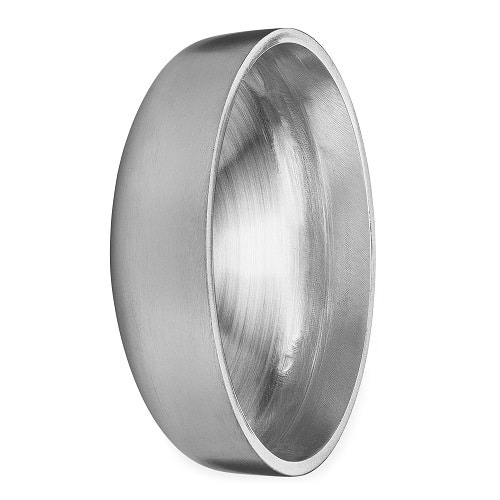
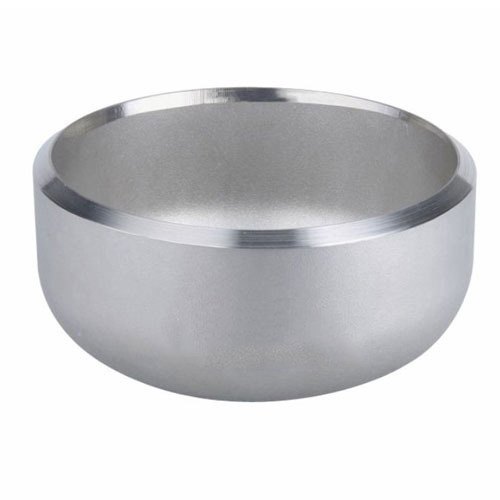
ANSI/ASME B16.9 stompsweisdoppies is kritieke komponente in industriële pypstelsels, wat 'n veilige en lekvaste sluiting vir pyppunte bied. Hul voldoening aan ANSI- en ASME-standaarde, stuiksweisverbinding, seëlvermoë en veelsydigheid maak hulle onontbeerlik in verskeie toepassings regoor nywerhede. Met stompsweisdoppies kan ingenieurs en operateurs die integriteit, veiligheid en doeltreffendheid van hul pypstelsels verseker, wat bydra tot gladde en probleemvrye bedrywighede.







